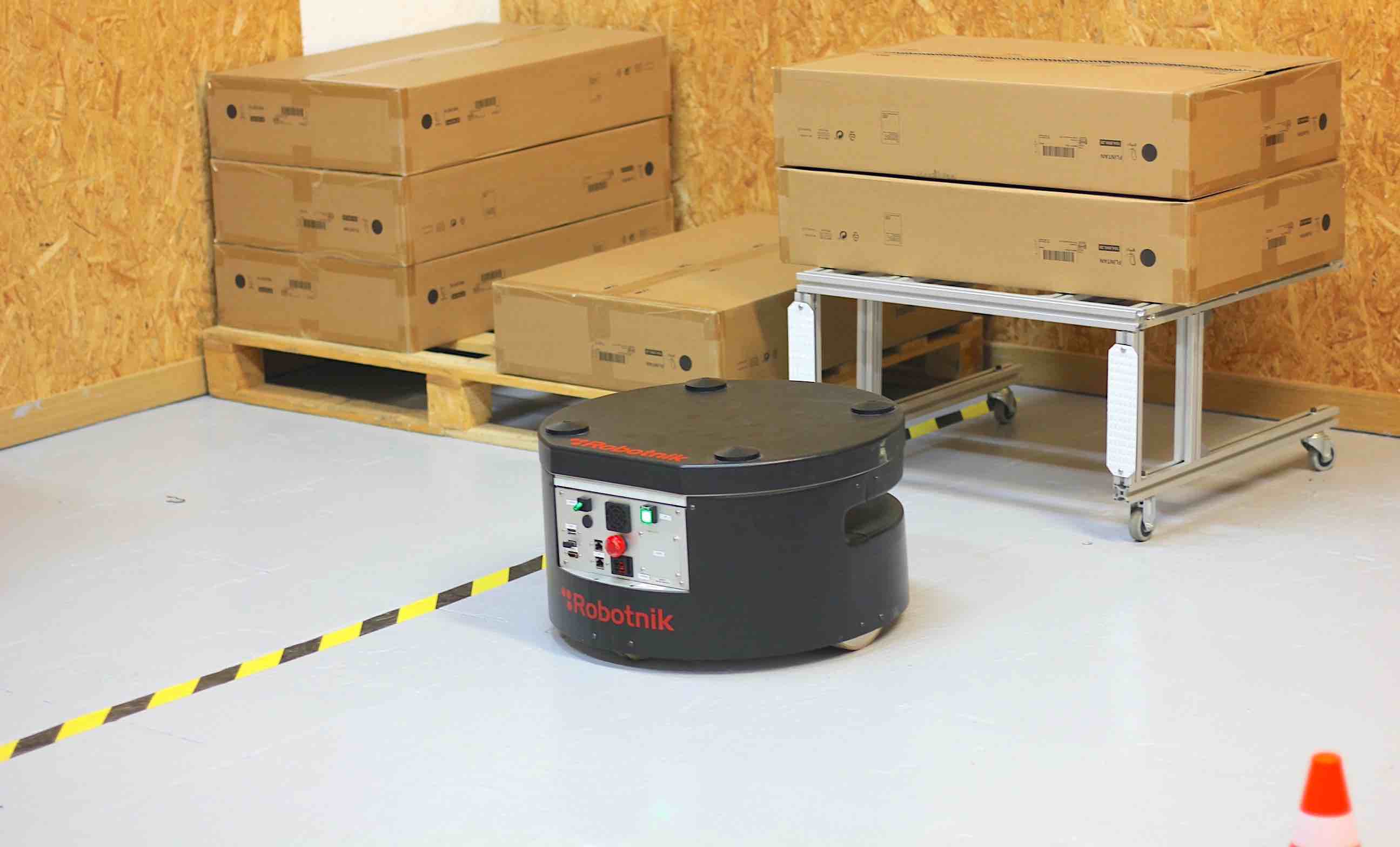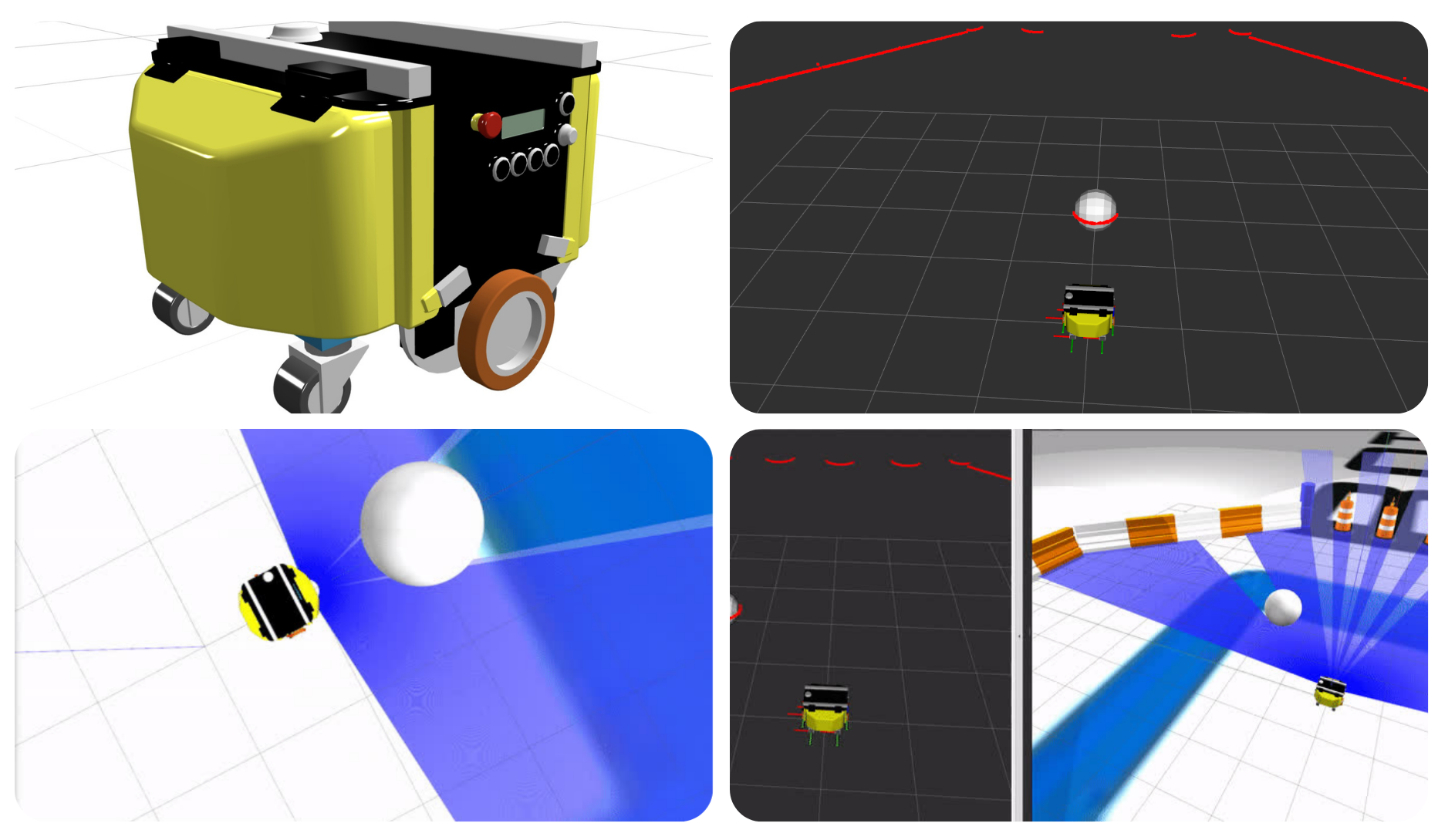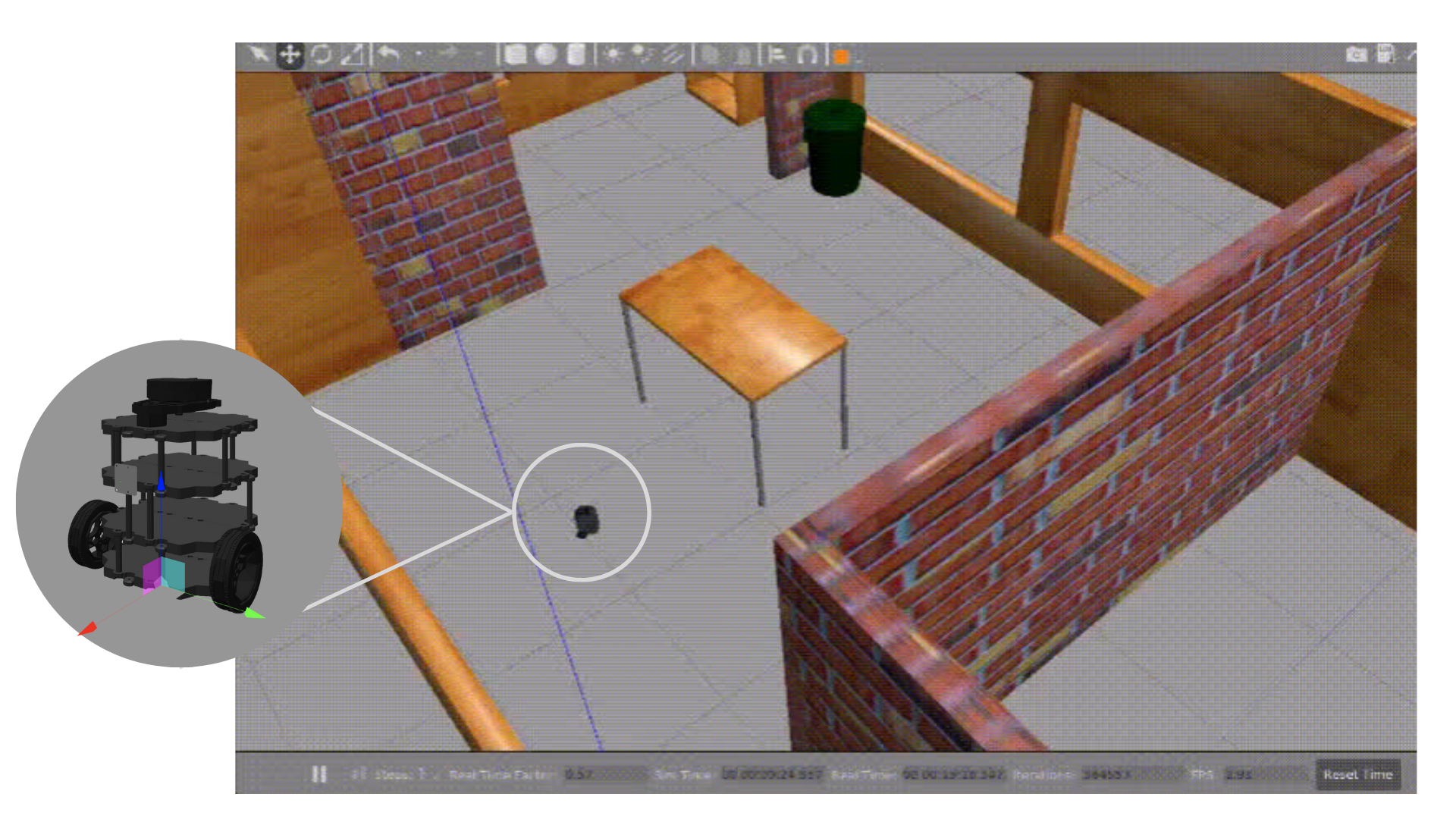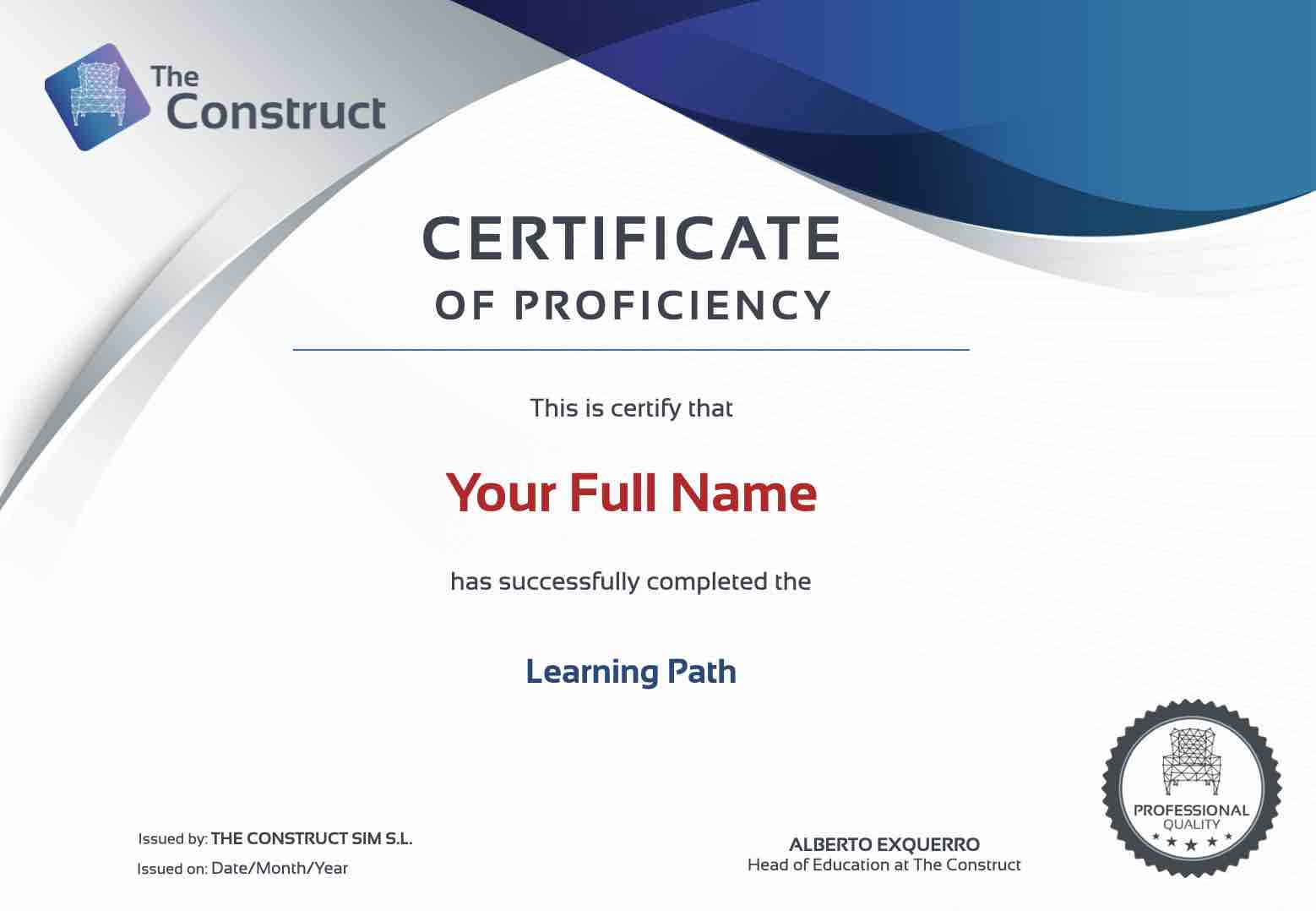ONE-DAY ONLINE TRAINING
Switch to ROS2
ROS2 For Beginners: This training is for absolute ROS beginners or ROS1 developers who want to switch to ROS2.
Duration: 1 day
Format:
Online, based on practice with simulated & real robots. NOT slides-based.
Instructor-led: Yes
Certificate: Yes
Level: Foundation
Language: English
Enroll Training
Only 10 seats are available for each training
€599
Monday, November 14
9:00 AM – 4:30 PM (KST/CST/CET)
Early bird discount of €100
Tuesday, November 22
9:00 AM – 4:30 PM (KST/CST/CET)
Early bird discount of €100
Wednesday, November 30
9:00 AM – 4:30 PM (KST/CST/CET)
Early bird discount of €100
Sunday, December 11
9:00 AM – 4:30 PM (KST/CST/CET)
Early bird discount of €100
One-Day Training Benefits
7 hours of LIVE learning with ROS experts
20+ hands-on exercises
3 hours of practice with a remote real warehouse robot
Hands-on application of each concept with simulated robots
Be able to understand & create any basic ROS2 related projects in one day
Get fast support & guidance from instructors
1-year full access to the course
Life-long access to the code developed during the training
What You’ll Learn
Creation of ROS2 packages
Management of the new Colcon universal building system.
Topic Publishers and subscribers in ROS2 C++
New Launch system based on python
Service servers and client generation for ROS2
Basic use of ROS1-Bridge to communicate ROS2 systems with ROS1 systems
Use of Debbuging tools in ROS2
Switch to ROS2 Training Outline
Module 1: Describe basic concepts of ROS2
In this module, you will learn:
- How to structure and launch ROS2 programs (packages and launch files)
- How to create basic ROS2 programs
- Basic ROS2 concepts: nodes, client libraries, etc.
Module 2: Understanding ROS2 Topics
In this module, you will learn:
- What are topics and how to manage them
- What is a publisher and how to create one
- What are topic messages and how they work
- What is a Subscriber and how to create one
- How to create your own interface
Module 3: Understanding ROS2 Services
In this module, you will learn:
- Understand a Service in ROS2
- Basic Service Commands
- Understand how to create a Service Client
- Understand how to create a Service Server
- Custom Service Interface
- Use a Custom Interface
Module 4: Understanding ROS2 Actions
In this module, you will learn:
- Understand what is an Action in ROS2
- How to call an Action Server
- How to write an Action Server
- How to create your own Action Interface
- How to use your Action Interface
Module 5: Debugging Tools in ROS2
In this module, you will learn:
- ROS2 Debugging Messages
- Visualize Complex Data and RVIZ2
- tf2_tools view_frames
- ROS2 Doctor
Module 6: Node composition
Components are the equivalent in ROS2 to well-known ROS1 nodelets. By writing our program as a component, we can build it into a shared library instead of an executable. This allows us to load multiple components into a single process.
However, in order to be able to use composition, you need to write your programs in a specific way. So in this module, you will learn how to use ROS2 components step-by-step.
Module 7: Combine ROS1 and ROS2 - ROS1 Bridge
In this module, you will learn:
-
Dynamic Bridge
-
Parameter Bridge
-
Action Bridge
Questions About This Training?
100% PRACTICAL
Practice with Simulated & Real Robots
You will learn each concept by practicing with simulated & real robots.

REAL ROBOT
RB-1 BASE

Neobotix MP-400

TurtleBot3 Waffle
Get certified
Upon completing this training, The Construct grants participants a shareable certificate of completion. This training is graded as a pass or fail; participants must receive 75% to pass and obtain the certificate of completion.
Need Help Finding The Right Training Solution?
Our training advisors are here for you.
Frequently Asked
+ What are the course prerequisites?
- The One-Day Training Guide will be emailed to students for pre-course learning.
- Equipment:
- A laptop (you can use Windows, Linux, or macOS)
- Google Chrome or Firefox browser.
- It is not necessary to have Linux on your computer. Any operating system is valid.
- A certified ROS Instructor leads this course. In-person, on-time attendance, and full participation are expected. Being fully present for the full day is a requirement for certification.
+ Do I need to install ROS in advance?
No. You only need to bring your laptop and connect to the internet. You can use Windows, Linux, or macOS.
+ How many students are usually in each class?
Maximum of 10 students per class.

